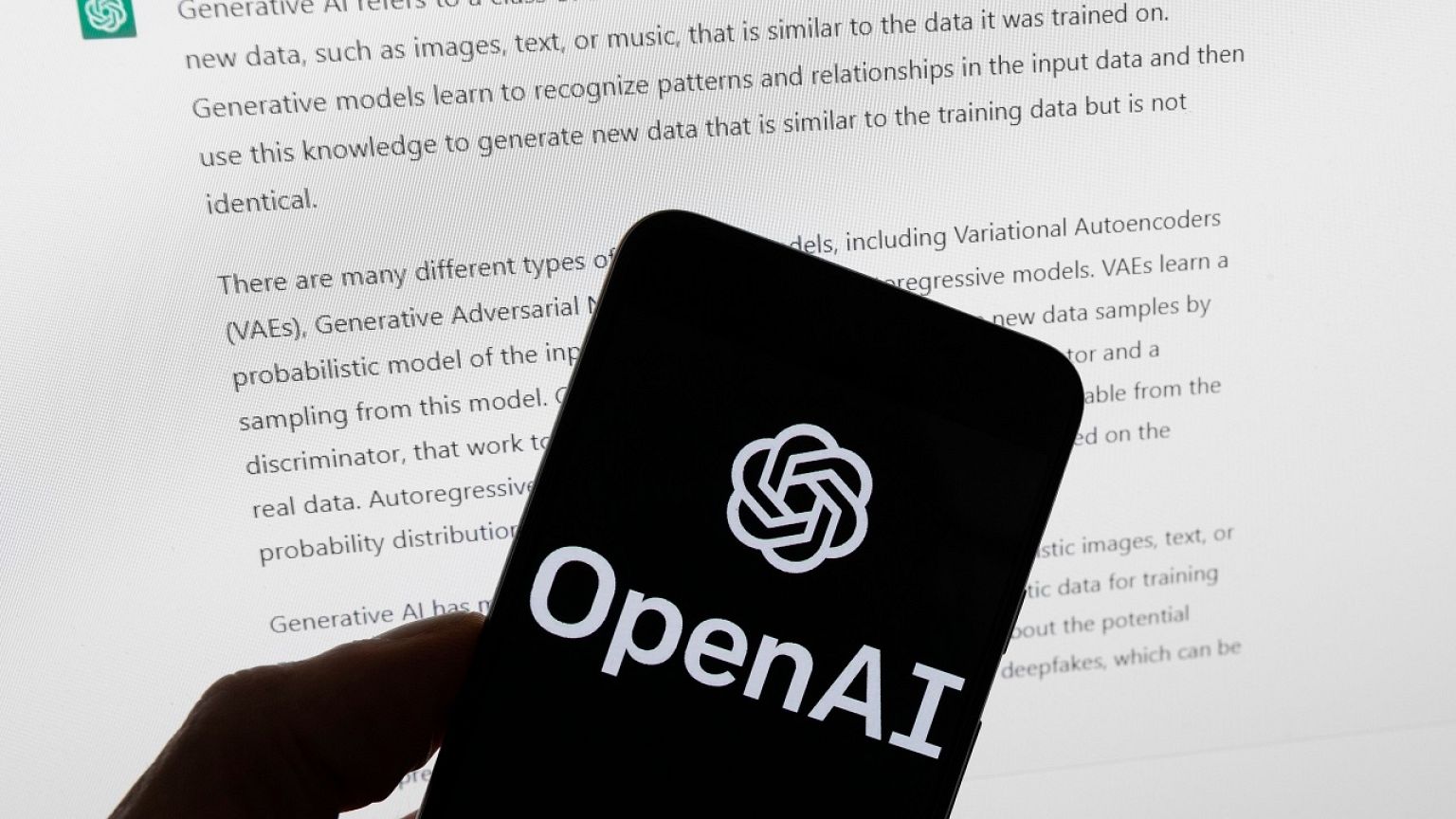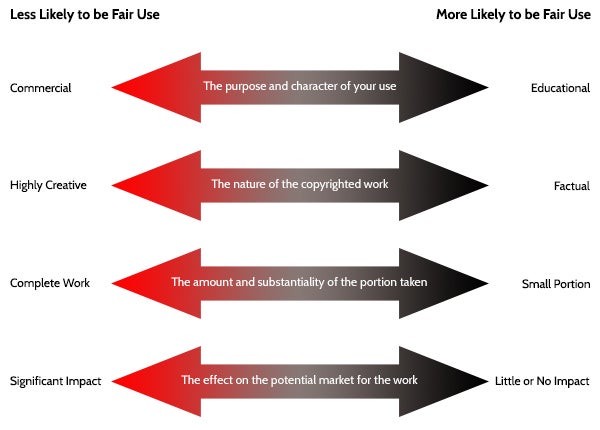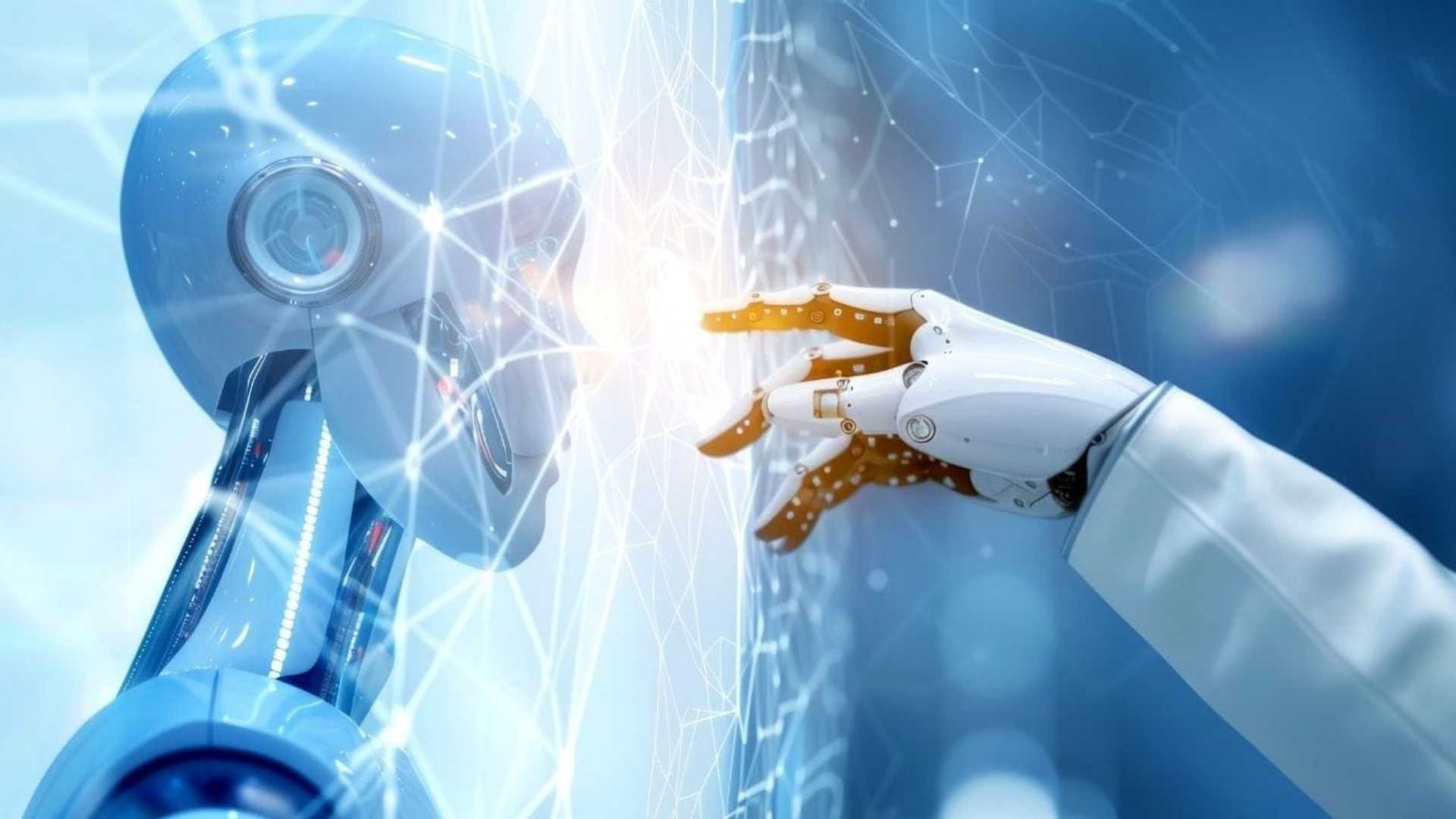Artificially Intelligent Economics of Fair Use
The advent of generative AI brings forth several legal questions related to fair use and copyright infringement. Assessing whether a particular use qualifies as fair use has historically been evaluated through an established economic framework. However, applying this framework to copyright matters involving generative AI poses unique challenges due to the nature of AI-generated content.

Challenges in Legal Battles
Two central questions have emerged in legal disputes surrounding content-generating AI models, such as Large Language Models (LLMs) and Generative Image Models. These questions revolve around whether the training process infringes existing copyrights and whether AI-generated content itself constitutes infringement.
Economic studies dating back to the early 1990s emphasize the concept of substitution when determining fair use. The principle states that a secondary use may be fair if it does not act as an economic substitute for the original work. Courts typically assess fair use based on four factors guided by the economic principle of economic substitution. These factors have become crucial as copyright owners sue generative AI companies.
Legal Cases and Transformative Use
In legal cases like Authors Guild v. OpenAI and The New York Times v. Open AI and Microsoft, the debate centers on whether AI-generated content is transformative or serves as a direct substitute for the original works. Courts have ruled that unauthorized use can be fair use if it adds new expression or meaning to the original work. For instance, a book review is considered fair use as it serves a different purpose than the book itself.

One study by Erikson et al. (2013) examined the impact of YouTube parody music videos on copyright holders. The researchers found that parody videos did not cause economic harm and could even lead to increased viewership for original music videos.
Empirical Analysis Challenges
Empirical analysis in generative AI faces challenges as AI-generated content is not tied to specific locations or release dates. Analyzing whether a secondary use complements or substitutes original work requires isolating the effect of the secondary use from other factors influencing market outcomes.
Factual vs. Creative Works
Courts typically find that factual works are less susceptible to market harm from unauthorized use, making them more suitable for fair use. However, for works blending factual and creative elements, courts may assess the relative value derived from each component.

Consumer surveys can help quantify the relative importance of creative and factual aspects of a product. Analyzing how consumers weigh these attributes can provide insights into the value added by creative expression.
However, distinguishing between factual and creative elements in the context of generative AI poses conceptual and empirical challenges.



















